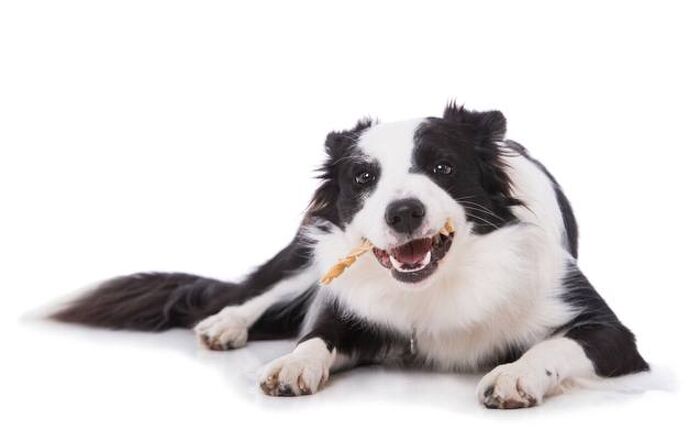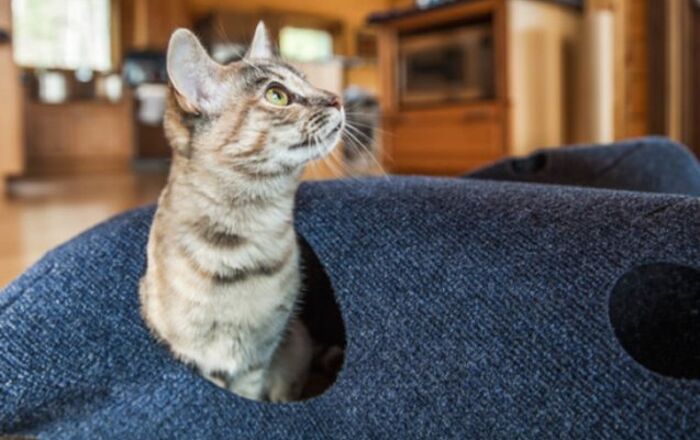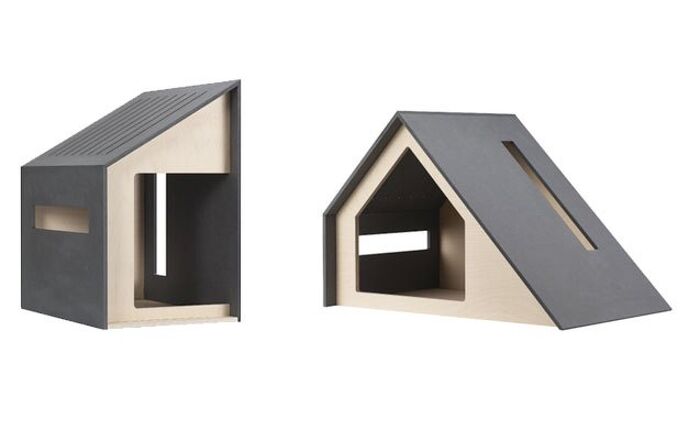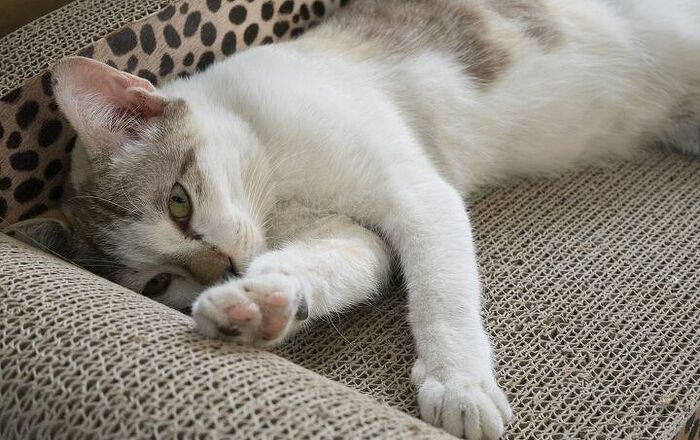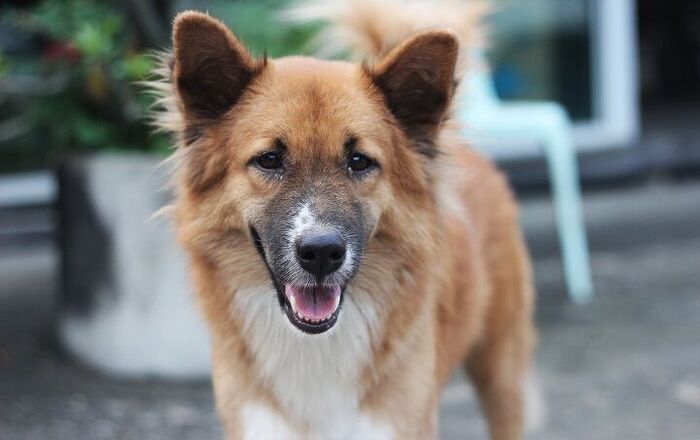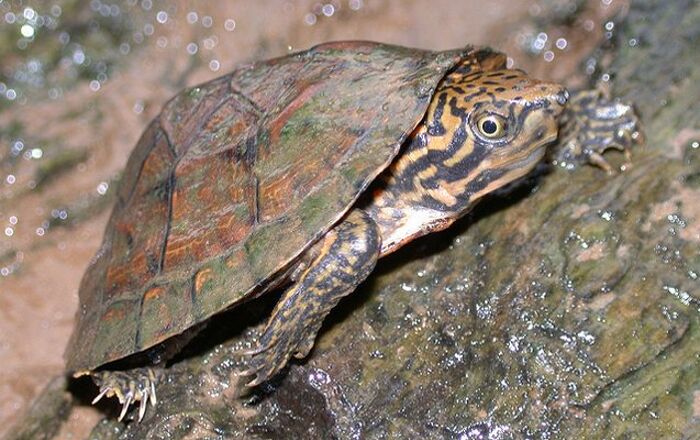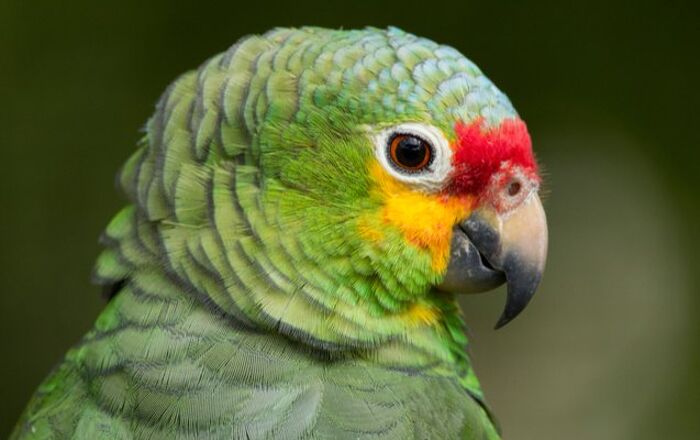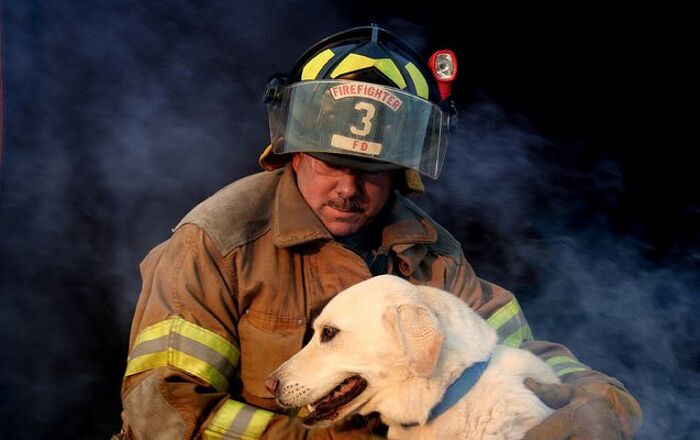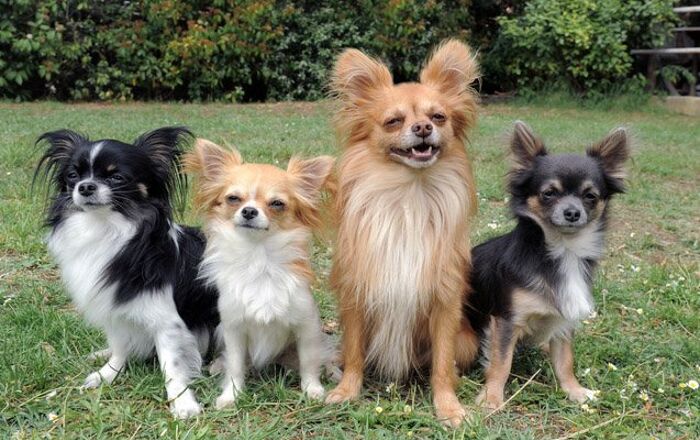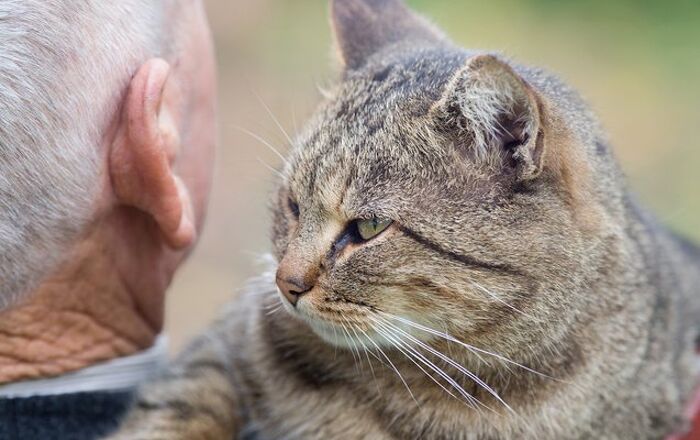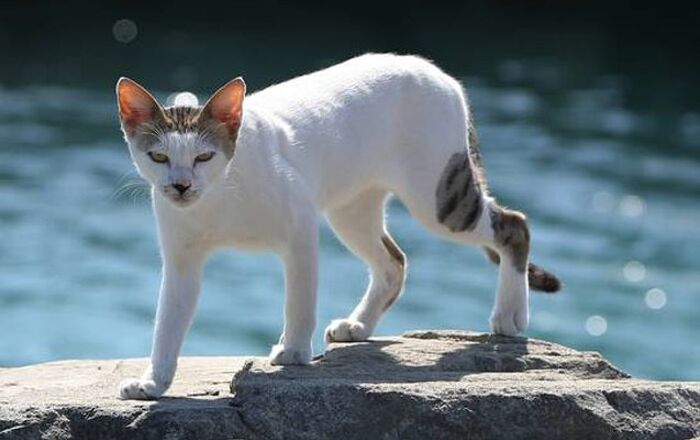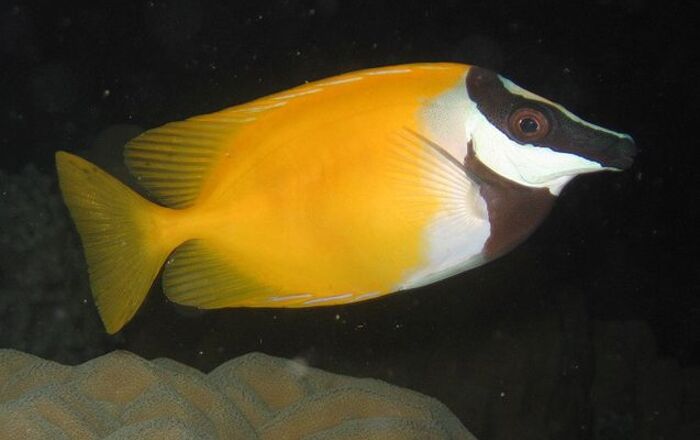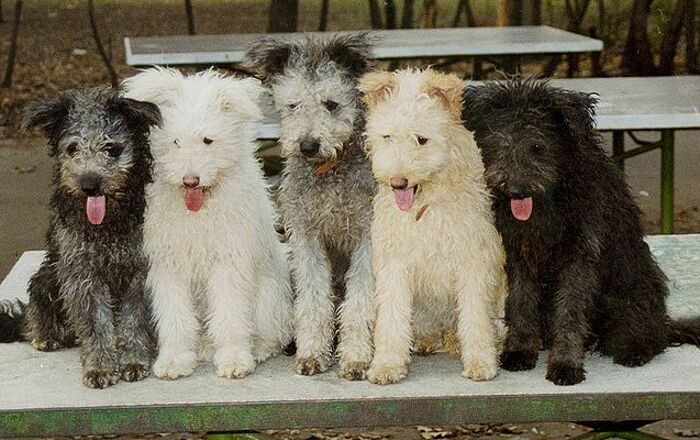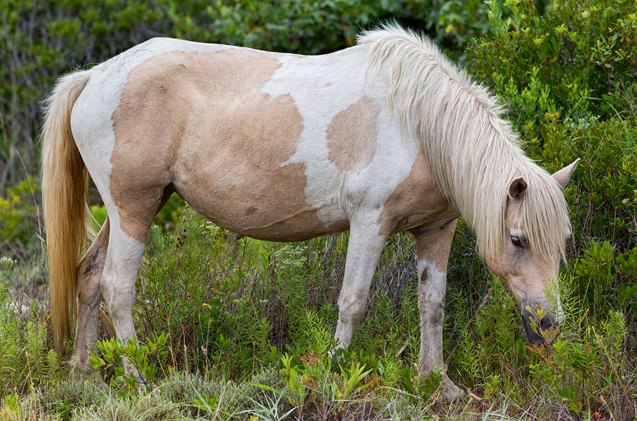
Chincoteague Pony Breed History
Assateague Island is a barrier island of Virginia and Maryland. It is a place that wild ponies have called home for hundreds of years. Because living on the island is difficult, the Chincoteague pony (also known as the Assateague Pony) has had to adapt, and it survives by eating marsh and beach grasses.
Some experts have suggested that these wild ponies actually trace their origin back to horses that were released to forage on this island when the early settlers arrived in the 1700s. However, there is also evidence that strongly suggests a different story that would have taken place in the 1600s. It states that these ponies are actually descended from horses that survived a Spanish galleon wreck off the coast of the island. Considering the large amount of shipwrecks that occurred in the area, and the fact that ponies were often transported to South America or to the American colonies, the evidence is likely to be true.
Chincoteague ponies come from a feral colony of horses.
By the 1700s, pony penning occurred annually on Assateague Island. This was the method used by livestock owners to not only claim and brand, but also break and harness loose herds. There is no mention of pony penning occurring on Chincoteague Island until the middle of the 1800s. However, the penning did continue for years on both islands, and it still goes on today. Every year, the Chincoteague ponies in Virginia are made to swim across the channel so that foals can be auctioned off and the stallions and mares can be returned.
Those ponies that reside on the Virginia side of the island are owned by the Chincoteague fire department, while the ponies that are on the Maryland side of the island are owned by the state’s park service.
In 1939, in order to try to prevent inbreeding from occurring within the pony herd, 20 wild Mustang horses were allowed to roam into the Virginia herd. The Arabian, Shetland Pony, and Welsh Pony were also introduced to the Chincoteague Pony breeding colonies, so the traits of those breeds are still evident in the pony today.
It was not until 1994 that the Chincoteague Pony finally became recognized as an official registered equine breed.
Breed Traits
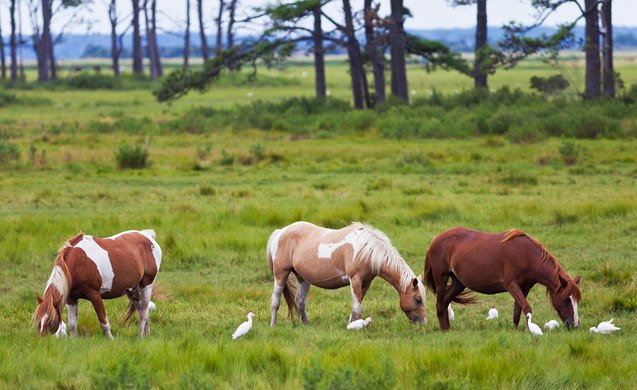
Chincoteague ponies come from a feral colony of horses that live on their own. Therefore, these animals will be independent by nature. The good news, however, is that once they are successfully domesticated, Chincoteague ponies are friendly, easy to maintain, and easy to keep as a family pet.
These ponies do quite well as show horses in a wide range of disciplines, but they can also be used for pleasure riding and driving. They can even be used as sports ponies in hunting.
Because of their safe demeanor and sociable nature, Chincoteague ponies make great equine companions for children, in particular.
The Chincoteague Pony has a round, large belly because of its diet.
Overall Description
Chincoteague ponies are small and stocky, with short legs that are slender. The head will be small but it will have a refined appearance. The eyes will be wide apart and small, the joints will be strong, and the feet will be tough.
These ponies also feature a belly that is round and large. The reason for this bloated appearance is because these horses drink twice as much water as other horses. They also eat grass found within marshes, so their diet is rich in salt.
Overall, this pony breed’s modern appearance has been shaped by the island environment that it lives in. As a result, these horses have a thick mane and a thick tail, along with strong hooves and light fetlock feathering.
Once domesticated, Chincoteague ponies are friendly and easy to keep.
Colors
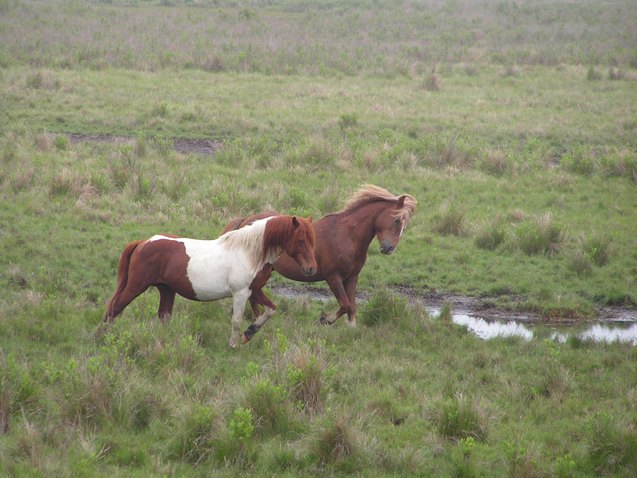
The Chincoteague Pony breed showcases many different equine colors. These include bay, chestnut, gray, dun, black, brown, cremello, and palomino. The most common pattern is pinto, but tobiano and overo are also common. Some of the brighter patterns include strawberry roan on white, as well as palomino on white.
Grooming Requirements
Shampooing, conditioning, and thoroughly combing your Chincoteague Pony will be necessary on a regular basis in order to keep the animal’s skin and coat clean, healthy, shiny, and smooth. Consistent grooming, particularly with a tail brush and a mane comb, will also ensure the thick mane and tail remain beautiful and tangle free.
Use every grooming session as an opportunity to bond with your pony, who will thoroughly enjoy the attention. Use tools like a dandy brush, curry comb, body finishing brush, and shedding blade to completely remove loose hair, dirt, and debris from the coat, as well as smooth it out. Then use a hoof pick to clean the hooves while examining them to ensure that they are healthy.
Photo credit: chiptape/Bigstock; sbonk/Bigstock; epantha/Bigstock

